Candy washing machine jumps during spin cycle
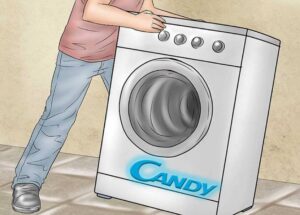 Modern automatic Candy machines are capable of “accelerating” the drum to 1400-1600 rpm during spinning. To neutralize the resulting centrifugal force, washing machines are equipped with a shock absorption system and counterweights. However, it is impossible to completely suppress vibration, so a slight shaking of the SMA body at the final stage of the cycle is quite acceptable.
Modern automatic Candy machines are capable of “accelerating” the drum to 1400-1600 rpm during spinning. To neutralize the resulting centrifugal force, washing machines are equipped with a shock absorption system and counterweights. However, it is impossible to completely suppress vibration, so a slight shaking of the SMA body at the final stage of the cycle is quite acceptable.
What if the Candy washing machine jumps during the spin cycle, moving from its place? And does it make a lot of noise and shake? This shouldn't happen. Let's figure out what the problem might be and which SMA nodes will need to be checked. We’ll tell you what kind of breakdowns can provoke this “behavior” of the washing machine.
Why does the washing machine “like to jump”?
Any automatic machine vibrates during the cycle. This is especially noticeable during the spin cycle. Dampers and counterweights dampen the resulting centrifugal force, but not completely. Therefore, a slight shaking of the body during the operation of the SMA is acceptable - it does not cause discomfort to household members and does not raise questions.
It’s a completely different matter if the washing machine jumps around the room, knocking and rattling. This requires diagnostics. In some cases, this “behavior” of the machine is explained by errors made during the installation of the SMA.
Therefore, first make sure that the body of the machine is level. If there is a misalignment, adjust the legs of the device. Also pay attention to the floor covering under the washer - it should be smooth and hard.
Why else can the Kandy washing machine make noise and jump during the spin cycle? There are several probable reasons:
- drum imbalance;
- violation of the permissible load weight (it can be either overweight or underweight);
- transport bolts that have not been removed (typical only for new washing machines being launched for the first time);

- a foreign object that has fallen into the space between the tank and the SMA drum (this could be a coin, a button, a hairpin, a bra underwire);
- wear of damping system elements (dampers or springs);
- Damage to concrete counterweights or loosening of weights;
- engine failure;
- wear of drum bearings.
There is no need to continue to operate a jumping and rattling washing machine - it is better to start diagnosing and repairing it as soon as possible.
You can resolve most problems yourself. For example, you can replace bearings or counterweights with your own hands, repair shock-absorbing elements, and tighten fasteners. Let's figure out where to start diagnosing.
Problem search algorithm
It is better not to engage in self-diagnosis if the washing machine is under warranty. In this case, it is recommended to contact a service center. Specialists will check the washing machine free of charge and replace faulty elements (of course, if the breakdown did not occur due to user violations of operating rules).
If the warranty has expired, you can try to solve the problem at home. The first thing to do is to observe the operation of the automatic machine. It is important to find out at what stage of the wash it starts knocking and jumping.
Diagnostics are carried out from simple to more complex. Sometimes Kandy washing machines start to jump due to an imbalance in the drum. The metal tank leaves its trajectory and begins to hit the walls of the tank. Such touches provoke strong noise and vibration of the case.
The reasons for drum imbalance may be the following:
- the laundry bunches up into a lump, and this “ball” is located mainly in one of the parts of the drum;
- the user violates the manufacturer’s maximum permissible load weight for the SMA.
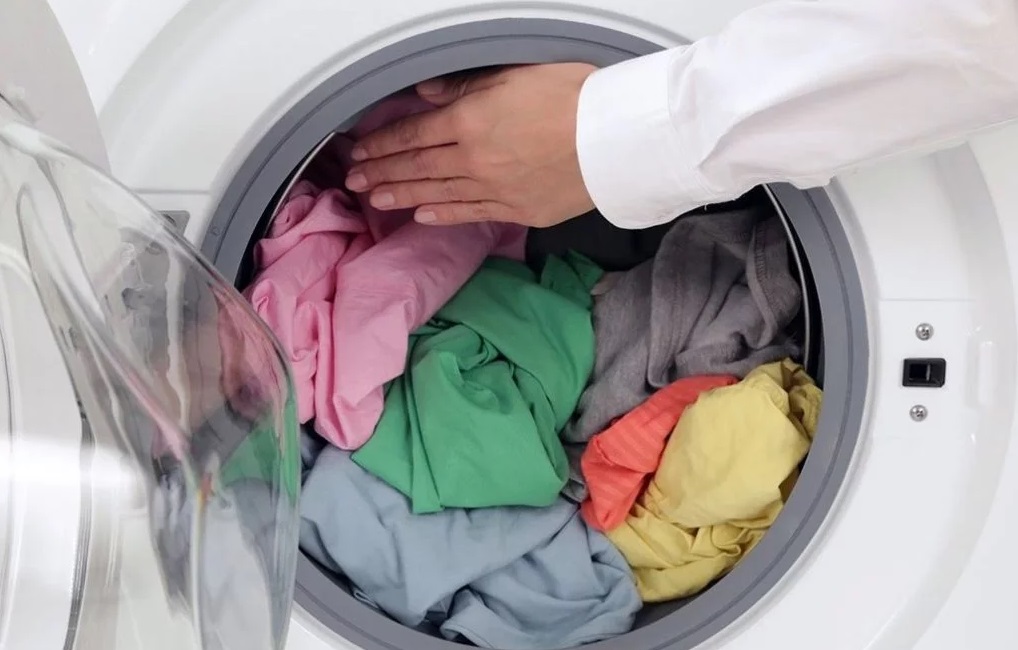
The manufacturer sets:
- total maximum and minimum permissible load weight;
- recommended load weight for each washing mode separately.
Each program has its own standards. For example, for the “Cotton” mode, the maximum possible load weight of a particular model is allowed. When running the “Wool” algorithm, you can usually put no more than 1.5-2 kg of clothes into the drum.
When a new, just installed Candy washing machine is jumping, the cause may be transport bolts that have not been removed. They are designed to secure the drum so that the container does not dangle when transporting the machine. Before the first start, the fastening elements must be removed from the SMA.
It is strictly forbidden to start the Kandy machine without the transport bolts removed.
The main role of transport bolts is to securely fix the drum. When starting the wash, the screws will not allow the container to unscrew. The motor will run at maximum speed and can easily burn out. This is why it is so important to remove the fasteners before turning on the washing machine for the first time.
If the washer is noisy throughout the entire cycle, it may be due to a foreign object falling into the tank. To prevent this, you need to carefully check your pockets before loading things into the machine, and wash your bras in special bags. You can remove the foreign body through the “socket” under the heating element, or by disassembling the tank.
Shock absorbers are next in line to be checked.They are the ones who must dampen the centrifugal force and prevent the machine from shaking too much. Worn dampers cannot perform their functions 100%, so the washing machine begins to jump and make noise.
To check the operation of shock absorbers and springs, you must:
- turn off the power to the machine;
- remove the top cover of the Candy case;
- press firmly on the tank with both hands so that it drops 3-5 cm;
- stop pressing suddenly;
- observe the behavior of the tank.
If the plastic container immediately returns to its place, then the dampers and springs are doing their job. When the tank continues to dangle for some time, there are problems with the shock-absorbing elements. Repair or replacement of parts will be required.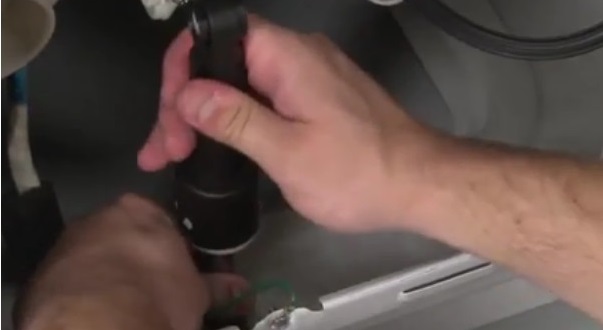
Next, carefully inspect the counterweights. First, check that their fastenings are securely tightened. Sometimes, to eliminate shaking, it is enough to tighten the clamps more tightly. If the weights have significant defects, such as deep cracks, it is better to replace the blocks.
Failure of bearings is indicated not only by strong vibration and shaking of the machine. At the same time, the washing machine makes loud sounds, reminiscent of clanging and grinding. Rusty stains may also appear on the back of the tank.
The bearings, and along with them the seal, will have to be changed. In this case, you will need to completely disassemble the washing machine, remove the tank and halve it. Next, the old rings are pressed out and new components are installed in their place.
If all probable causes are excluded, a manufacturing defect is possible. Problems of this kind usually manifest themselves in the first year of operation of the washing machine, just when the machine is under warranty. Therefore, the best option here is to contact a service center for free diagnostics.
What can I do to stop the washing machine from jumping?
The algorithm of actions will depend on the nature of the malfunction. The easiest way is if the problem is a banal imbalance of the drum. Then to fix the problem it will be enough:
- end the cycle performed by the machine with the “Off” button;
- turn off the power to the device by unplugging the power cord from the outlet;
- drain the water from the tank (through the emergency hose);
- open the hatch and evenly distribute the laundry in the drum;
- start the wash again.
This is how you need to act if things get confused. When it comes to overload or underweight, remove some items from the drum accordingly or, conversely, add clothes. After this, the machine will stop jumping and calmly finish the cycle.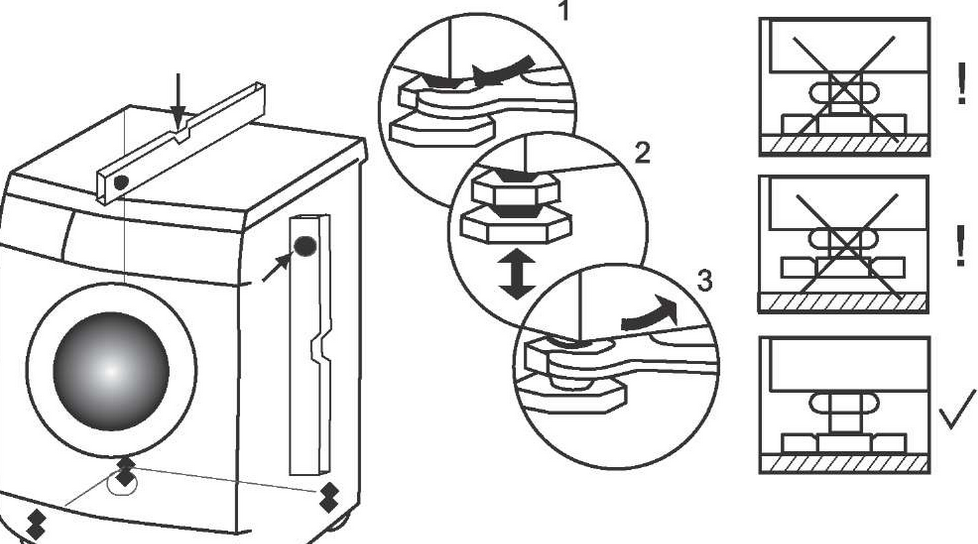
It will not be difficult to “pacify” a jumping washing machine when the problem is due to incorrect installation. All that is required is to align the body of the automatic machine. It is necessary to twist the legs so that the SMA stands up “like a ruler.”
It is recommended to place a special anti-vibration mat under the washing machine - then the washing machine will work much quieter.
A foreign object that has fallen into the space between the tank and the drum will have to be pulled out. The easiest way to get it is through the “nest” of the heating element. For this:
- turn off the power to the machine;
- remove the back wall of the case;
- loosen the nut securing the heater;
- remove the heating element from the “socket”;
- insert your hand into the hole formed and remove the foreign object.
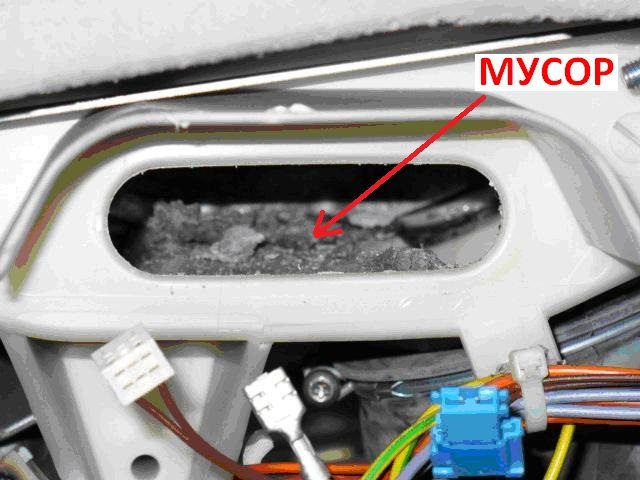
To check the counterweights, you will need to remove the top panel of the washing machine body. The weights are located immediately under the lid. If the concrete blocks have deep cracks and significant chips, the elements will have to be replaced; they cannot be repaired.
If the counterweights are intact, check that their fastenings are properly tightened.Sometimes tightening the weights more tightly is enough to solve the problem. The machine becomes more stable and stops shaking during operation.
If diagnostics confirm problems with the shock absorbers, the struts will have to be replaced. In some cases, dampers can be repaired, for example, when the internal gasket is deformed. Then it will be enough to remove the worn vibration dampers, disassemble them, put a new rubber band inside and return the elements to their place.
When the problem is in the bearings, you have to suffer. You need to disassemble the washing machine almost completely. You will need to remove the top, front, and rear panels, as well as disconnect all parts, wires and pipes connected to the tank.
After this, the “tank-drum” assembly is taken out. Then the plastic container is disassembled, and only then access to the bearings is opened. Damaged rings are pressed out, and new components are installed in their place.
Spare parts are purchased for a specific CMA Candy model. If you are afraid of making a mistake, you can dismantle the damaged elements, go to the store with them and ask the seller to select an analogue. When the washing machine is repaired and assembled, a test cycle must be started to check the correct operation of the device.
Interesting:
Reader comments
- Share your opinion - leave a comment

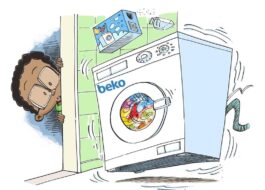


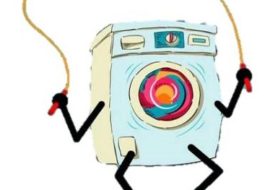
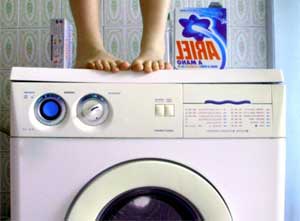
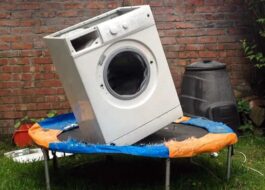














Add a comment